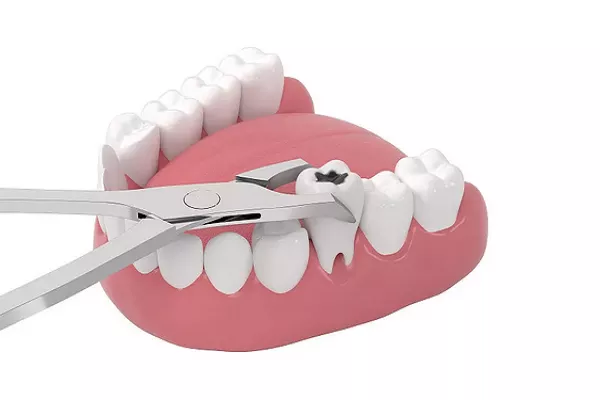Toothache is a common dental issue that can range from mild discomfort to intense pain, affecting daily life and overall well-being. One of the primary culprits behind toothaches is tooth decay. Understanding the connection between tooth decay and toothache is essential for recognizing the signs, preventing further damage, and seeking timely dental care. In this article, we delve into the intricate relationship between tooth decay and toothache, explaining the causes, progression, and potential solutions for this common dental problem.
Understanding Tooth Decay
Tooth decay, also known as dental caries or cavities, is a process that results from the interaction between bacteria, acids, and the surfaces of your teeth. The process begins when bacteria in your mouth feed on sugars and carbohydrates from the foods you consume. As they metabolize these sugars, they produce acids that can erode the protective layer of your teeth, known as enamel.
Stages of Tooth Decay
Deminerlization:
Acids produced by bacteria start to weaken the enamel by demineralizing its mineral content, leaving it vulnerable to further decay.
Formation of Cavities:
As the enamel becomes weaker, it can develop small openings or holes called cavities. These cavities are areas where bacteria can accumulate and continue the decay process.
Progression to Dentin:
If left untreated, decay can progress beyond the enamel and reach the dentin, the softer tissue beneath the enamel. Dentin is more sensitive and porous, making it more susceptible to decay.
Invasion of Pulp:
If decay reaches the innermost layer of the tooth, known as the pulp, it can cause inflammation and infection, leading to severe toothache and potential abscess formation.
How Tooth Decay Causes Toothache
The progression of tooth decay leads to the development of a toothache through several interconnected mechanisms:
Exposure of Nerves:
Enamel is the protective barrier that shields the nerves and sensitive inner layers of the tooth from external stimuli. As decay advances and erodes the enamel, it exposes the dentin and, in more advanced stages, the nerves within the pulp.
Sensitivity to Temperature Changes:
Exposed dentin and nerves can make the tooth more sensitive to temperature changes. Consuming hot or cold foods and beverages may trigger sharp pain or discomfort.
Pressure Sensitivity:
Decay can weaken the tooth’s structure, making it more sensitive to pressure. Chewing or biting down on food can cause pain or discomfort.
Localized Inflammation:
As the decay progresses to the dentin and potentially the pulp, inflammation can occur within the tooth. This inflammation can cause throbbing or continuous pain.
Nerve Irritation:
If the pulp becomes infected due to untreated decay, the nerves within the pulp can become irritated, leading to persistent and intense toothache.
Seeking Treatment for Toothache Caused by Tooth Decay
Dental Examination:
If you experience toothache, it’s crucial to schedule a dental examination. A dentist will assess the extent of the decay, identify the cause of the pain, and recommend appropriate treatment.
X-rays and Diagnosis:
X-rays help dentists visualize the extent of decay and assess whether it has reached the pulp. Based on the diagnosis, the appropriate treatment plan will be determined.
Treatment Options:
Treatment for tooth decay and toothache can include dental fillings, root canal therapy, and, in severe cases, tooth extraction.
Pain Management:
Over-the-counter pain relievers can provide temporary relief from toothache. However, seeking professional dental care is essential for addressing the underlying issue.
Preventive Measures:
Practicing good oral hygiene, reducing sugary and acidic food intake, and attending regular dental check-ups can help prevent tooth decay and its associated toothache.
Conclusion
Toothache caused by tooth decay is a result of the progressive breakdown of tooth structure, from enamel demineralization to the potential invasion of the pulp. The exposure of nerves, increased sensitivity to temperature and pressure changes, localized inflammation, and nerve irritation contribute to the pain experienced. Recognizing the signs of tooth decay and seeking timely dental care is crucial for preventing further damage and addressing the underlying issue. Regular dental check-ups, maintaining good oral hygiene practices, and following professional recommendations are essential steps in preventing tooth decay-related toothache and promoting optimal oral health.
Related Topics:
































